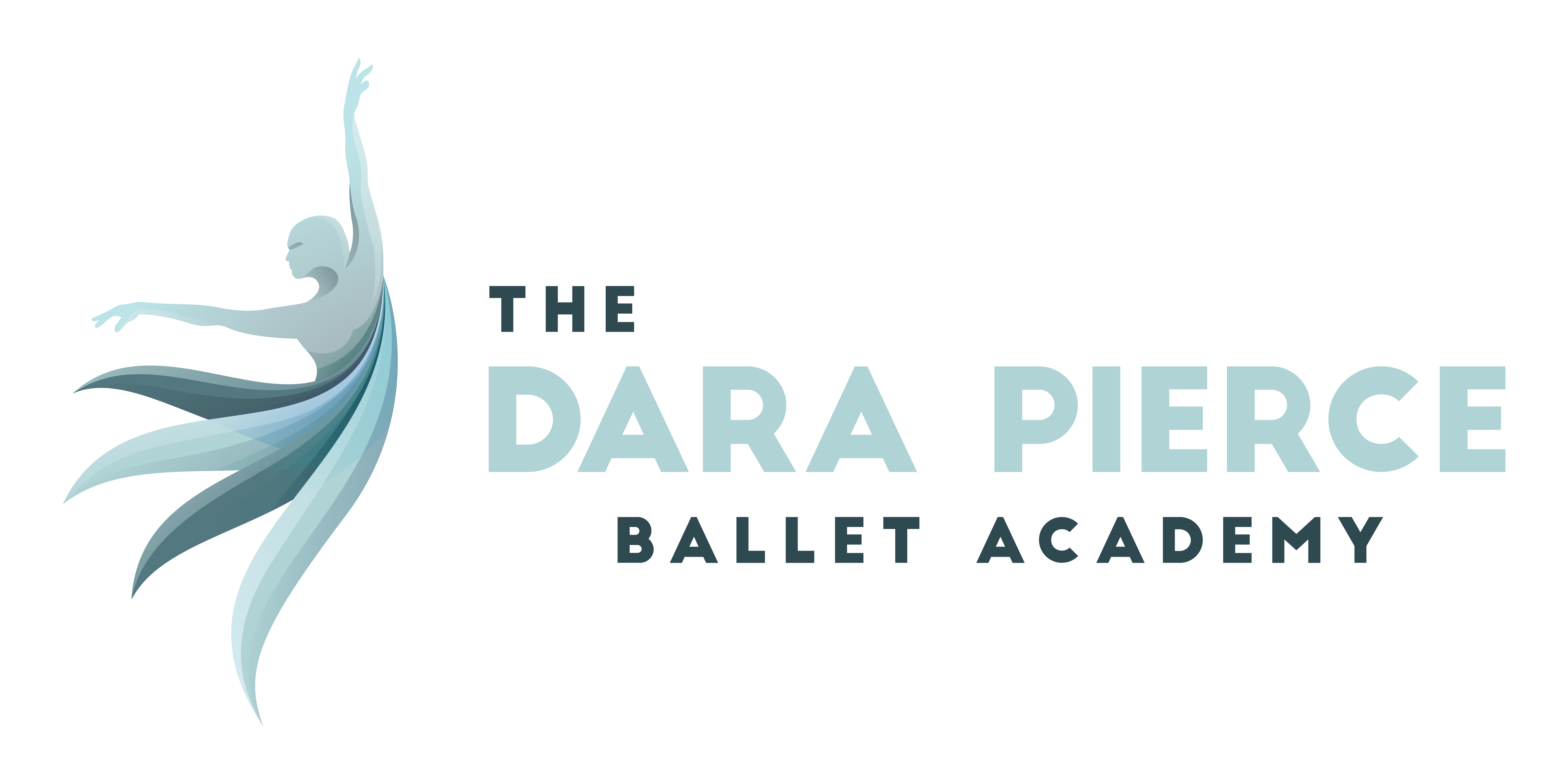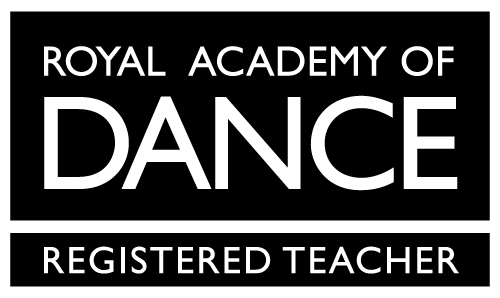Classical Ballet
Classical Ballet originated in the Italian Renaissance courts of the 15th century. It is known for its aesthetics and rigorous technique such as pointe work, turnout of the legs and high extensions, its flowing, precise movements, and its ethereal qualities. There are stylistic variations related to countries of origin, such as Russian ballet, French ballet, British ballet and Italian ballet. Many of the stylistic variations are associated with specific training methods that have been named after their originators. Despite these variations, the performance and vocabulary of classical ballet are largely consistent throughout the world. The Royal Academy of Dance (RAD) was formed in 1920 by 5 dance experts from different schools of ballet around the globe. Its syllabus is currently taught in 85 countries worldwide.



